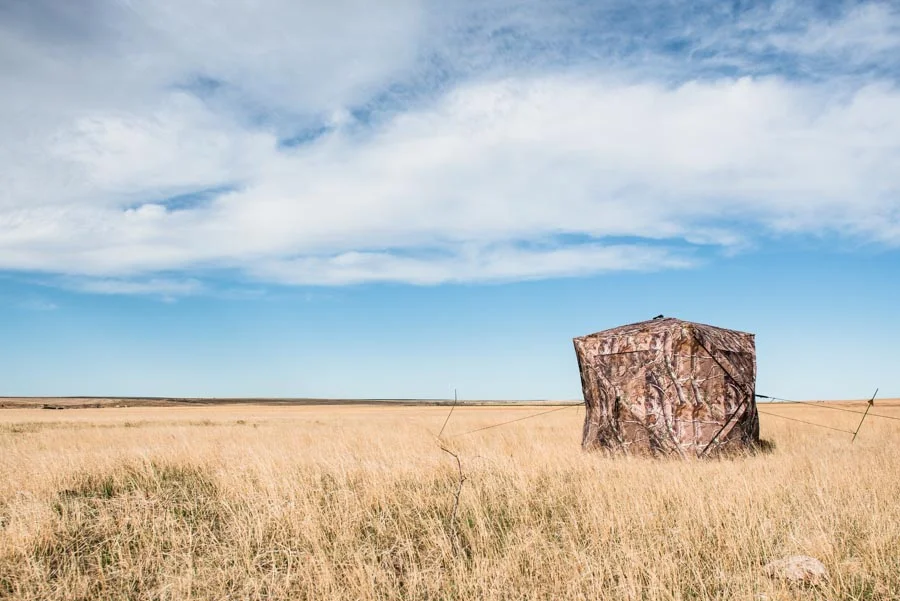
Vulnerable Flyways
For centuries, songbirds and waterfowl have been following distinct migration paths up and down the Western Hemisphere. Spurred by instinct, birds travel from their wintering grounds in Central and South America to their summer nesting areas in the US and Canada. During spring and fall migrations, stopover points along these flyway routes are utilized by billions of birds for much needed rests and nourishment. During the summer and winter, nesting areas and wintering grounds often sustain entire populations of threatened bird species.
My aim, through imagery, is to raise awareness of the importance of environmental protection and conservation of flyway stopover points, nesting grounds, and winter refuges, with particular attention to those where endangered birds are found. Additionally, I highlight vulnerabilities and hazards that birds face on a daily basis, which are a direct result of human development and population expansion. While we, of course, do not wish to vanquish our own innovation and resourcefulness, we can strive to live as more responsible stewards of the wildlife with which we share the Earth.

The Port of Corpus Christi is the fifth largest port in the US in terms of tonnage and a growing portion of product that is shipped out of the bay is benzene. Benzene barges travel down a key waterway for migrating birds, from gulls to the endangered whooping crane. Should a barge ever leak benzene into these waters, it would have a devastating effect on all creatures living here.

The brown pelican's relationship with fishermen is one that straddles plenty and peril: while discarded entrails from the day's catch provide effortless meals, stray fishing line strangles and kills. More than 1 million shorebirds die every year as a result of marine debris - 320,000 of those deaths are said to be attributed to scrapped fishing equipment, including lines and hooks.

Roseate spoonbills roost for the evening at the tiny Indian Point Park near Corpus Christi, Texas. In the past fifty years, wetland habitats in the nearby watershed have declined by more than 30,000 acres, as land is converted to residential, commercial or industrial use. Every acre of developed land reduces native habitat directly and indirectly through pollution, noise, light, and microclimate change.

Several thousand American avocets spend the winter on the Bolivar Flats, right next to the major shipping channel in Galveston Bay. The channel, which is about 45 miles southeast of Houston, Texas, typically handles about 70 ships and 300 to 400 tugboats and barges a day, and sees more than 200 million tons of cargo annually.

Claybottom Pond Island at Smith Oaks, just 80 miles east of Houston, has become a favored roosting and nesting place for thousands of waterbirds. In the spring, herons, egrets, cormorants and spoonbills start building their nests on the predator-free island, thanks to oversight by the Texas Audubon Society.

Wind turbines kill far fewer birds in general each year than do many other causes linked to humans, including domestic cats and collisions with glass windows. But wind power has a disproportionate effect on certain species that are already struggling for survival, such as the precarious US population of golden eagles. Replacing small inefficient turbines with fewer large ones, as well as strategic placement of the turbines away from migratory paths has made significant headway in recent years to reduce bird fatalities.

Hunters strategically set up blinds in pre-dawn hours on federal and state land set aside for both conservation and hunting. The sale of hunting licenses, tags, and stamps is the primary source of funding for most state wildlife conservation efforts. Proceeds from the Federal Duck Stamp, a required purchase for migratory waterfowl hunters, have purchased more than five million acres of habitat for the refuge system.

Middle Creek Wildlife Management Area near Lancaster, PA is a critical stopover point for migrating snow geese and tundra swans. Over 60,000 geese roost together on the half-frozen lake overnight, but scatter simultaneously in the morning to find nourishment for the next leg of their journey.

Attwater Prairie Chicken National Wildlife Refuge in Texas is the last remaining prairie home for the severely endangered Attwater Prairie Chicken. Historically, up to 1 million prairie chickens were found along the Texas Gulf coast, but today less than 70 individuals remain in the wild due to habitat loss.

Ranger Jennifer Onufer scans the sky above for the endangered California condor during a ranger talk at Grand Canyon National Park. In 1982, only 22 California condors were left in the world. Through the intense conservation efforts of several zoos and The Peregrine Fund, which includes captive breeding and a lead poisoning education program, the population has grown to over 200 condors that fly free in the wild.
